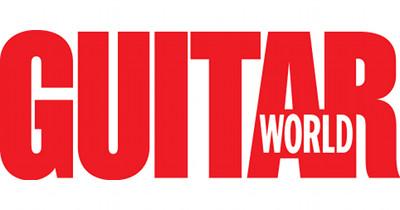 In our previous two lessons (August[1] and September[2] 2017 issues), I demonstrated ways to melodically describe a 7#9 sound, commonly referred to...
In our previous two lessons (August[1] and September[2] 2017 issues), I demonstrated ways to melodically describe a 7#9 sound, commonly referred to...
In our previous two lessons (August[1] and September[2] 2017 issues), I demonstrated ways to melodically describe a 7#9 sound, commonly referred to as the Jimi Hendrix “Purple Haze” chord, by playing either a major addb2 or a major 6b2 arpeggio, rooted a minor third above a given tonal center—for example, playing Caddb2 (C Db E G) or C6b2 (C Db A C) over an A bass note.
Continuing with that topic, I’d now like to show you another cool and effective way to convey that bluesy and somewhat haunting and eerie 7#9 sound with single notes, and that is by playing a 7#9 arpeggio as a four-note cell, which lends itself well to 16th-note phrasing.
As a chordal reference, FIGURE 1 illustrates the most commonly used voicing and “grip” for A7#9 on the middle four strings, which Hendrix had employed, five frets lower, in “Purple Haze” for E7#9. Also shown here is another standard, useful A7#9 grip, which is the same four notes played on the top four strings, five frets lower.
Formally referred to as “dominant seven sharp-nine,” the 7#9 chord is theoretically spelled 1 3 5 b7 #9, the #9 being synonymous, for all intents and purposes, with the minor third, or “b3,” played an octave higher. In the key of A, these notes are, in order, A, C#, E, G and B#, respectively, B# being the enharmonic equivalent, or the same note, as C. (Likewise for C# and Db.) Notice in both chord grips that we’re not including the fifth, E, which is both impractical to finger and harmonically unnecessary to convey the chord’s signature quality.
FIGURE 2 shows a four-note A7#9 melodic cell, comprising the notes G, A, C and C#, moving diagonally across the fretboard through